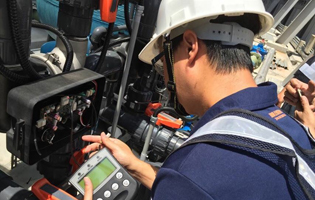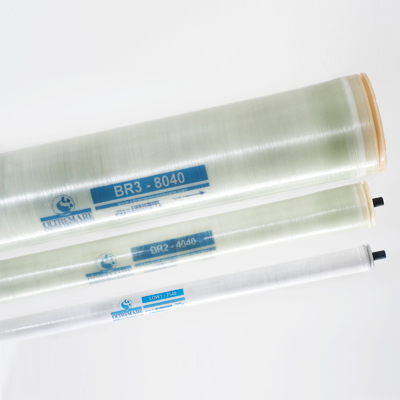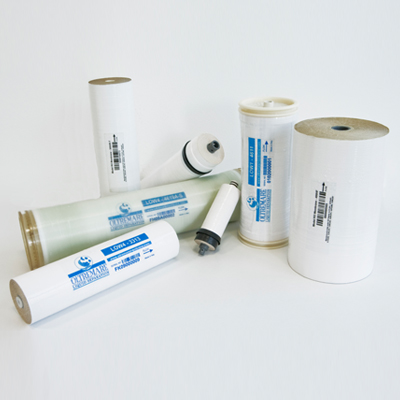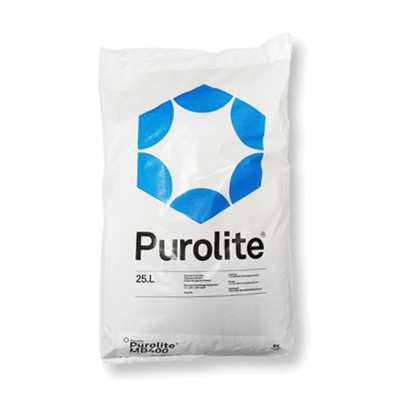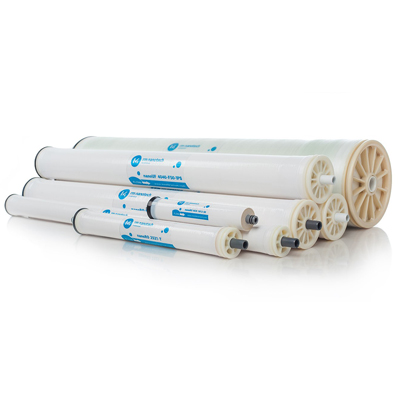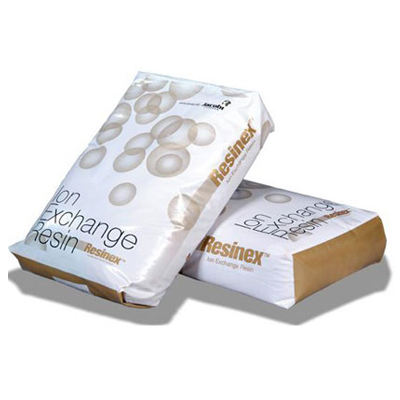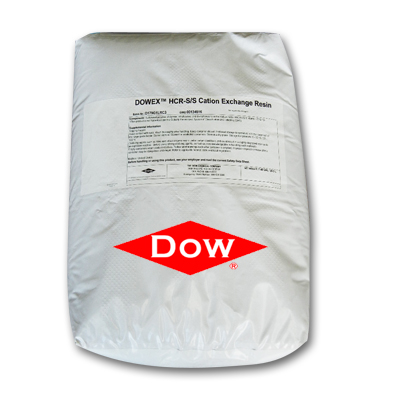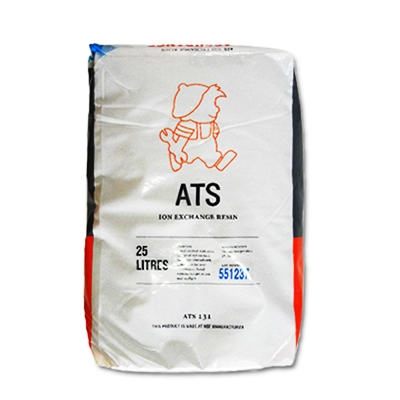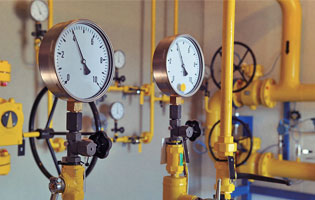PRODUCT INFORMATION
Chemical Terminology Education I
- front page
- product
- Injection treatment technology
- Technology Development Department
- Chemical Terminology Education I
Product Information
- heat treatment
-
water treatment
- Arsenic remover
- Desulfurizer
- Deaerator
- Water softener (calcium and magnesium ion removal)
- Carbon filter (removes odor and residual chlorine)
- Sand filter (removal of suspended impurities)
- Iron remover (removal of iron and manganese ions)
- RO water purifier
- Pre-backwash filter
- UV ultraviolet sterilizer
- Ion exchange resin
- reverse osmosis membrane tube
- quick filter
- Various tanks for water treatment
- Various application filter media
- 美國 Clack Clark control valve
- 美國 Fleck Control Valve
- 美國 Pentair Control Valve
- 美國 Autotrol Control Valve
- Runxin Control Valve
- Injection treatment
- Technology Development Department
-
brand
- Demo brand
- US DOW
- IDEX USA
- US CLACK
- EMERSON, USA
- American PENTAIR
- SIEMENS Germany
- American PULSAFEEDER
- Denmark DANFOSS
- Thailand HAYCARB
- France SUNTEC
- UK PUROLITE
- Japanese NOP
- Japan OLYMPIA
- Japan KATSURA
- BRAHMA, Italy
- SAGINOMIYA
- HONEYWELL
- AZBIL (YAMATAKE)
- OLTREMARE
- NIPCON
- TROCHOID
- domestic
- EGO
- KATO
- LECIP
- ATS
- JACOBI
- ETATRON
- WAVE CYBER
- BOSCHINI
- NIPPON
- WL
- CASH ACME
- YAZAKI
- RUNXIN
- About | Contact
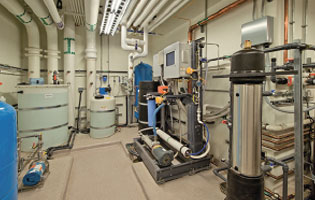
Chemical Terminology Education I
Technical explanation
| Adsorption: | Adsorption is a non-specific physical force that binds molecules to any kind of surface (solid or liquid). For example, activated carbon removes Free Chlorine and Chloramines through this physical adsorption mechanism. |
| Aeration: | Describe a process in which air and water are intimately mixed to remove undesirable gases such as carbon dioxide and hydrogen sulfide. Carbon dioxide can be removed from water by aeration, a more economical technical method than chemical precipitation or the use of ion exchange resins. |
| Alkalinity: | The ability of water to accept acidity usually depends on its bicarbonate content. The alkalinity of water may be partly caused by Carbonate, Hydroxide, Phosphate or Silicate. Usually expressed in mg/l of Calcium Carbonate. When the total alkalinity is determined by titration, the pH is 4.3. Methyl orange indicator paper is often used as a field test method, but the potentiometric titration test is the most accurate way to measure. If the pH of the water is greater than 8.3, there is a high probability that Carbonate is present in the water. Carbonate alkalinity can be determined by titration to pH 8.3 (Phenol phahalein index). |
| Anion: | Particles of matter dissolved in water with a negative current charge are called anions. In physics, in any system of matter, the number of cations is equal to the number of anions (negatively charged ions). |
| Asymmetric Membranes: | See Membrane. |
| bacteria: | Bacteria are single-celled microorganisms capable of replicating themselves. They can be divided into two broad categories: aerobic (requiring oxygen) and anaerobic (not requiring oxygen). Bacteria can live in a very wide range of habitats. Some, such as Pseudomonas, can grow in environments with extremely low nutrients. These bacteria are often mucus producers and are a major problem in water treatment systems. Other bacteria that stick to surfaces produce a gelatinous mucus that protects the bacteria from chemical disinfectants. Biologically, the combination of bacteria and the protective mucus they produce is called a biofilm. The concentration of bacteria in water is usually one unit per milliliter of colony formation (cfu). A bacterial unit refers to the bacteria in it that can be incubated and replicated in a specific environment to form the entire bacterial community. |
| Bicarbonate: | Bicarbonate is formed in water by the reaction of both carbon dioxide and minerals such as limestone or dolomite. Carbon dioxide in water comes from the air or from decaying organic matter. The resulting bicarbonate salt is alkaline to water. See Alkalinity. Calcium bicarbonate and magnesium do not exist in solid form, so when water is removed from these salt solutions, they lose carbon dioxide to form calcium and magnesium carbonate. |


